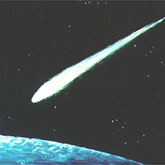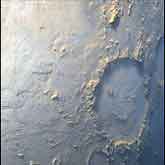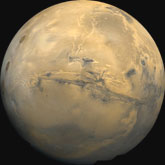Bob Riddle
Bob Riddle lives in Lee's Summit Missouri and is adjunct faculty at Longview Community College and Avila University where he teaches Astronomy and Physical Science in the clasroom as well as online. He maintains 'Que tal in the Current Skies', an Astronomy website, and is the column editor for 'Scope on the Skies', a regular feature of Science Scope Magazine, the National Science Teachers Association middle school journal.

Science Facts Written by Bob Riddle
Look, Up in the Sky. It's A Bird. No It's A Meteorite!
Most folks probably think of swallows and the ringing of the Mission bells when the words San Juan Capistrano are heard or seen. This is a popular tradition that celebrates the return of cliff ... Continue reading

Keeping Your Balance for Good Science
Around the 20th to 22nd of March, the Sun will have reached an astronomical location that is used to mark the change of seasons. This location, within the constellation of Pisces the Fishes, is 0 ... Continue reading

Two Face? Absolutely!
During the Viking missions to Mars in the mid 1970s, the planet was imaged from orbit by the Viking 1 and 2 Orbiters. These spacecraft returned images of regions of the planet that, while similar to ... Continue reading

Exploring The 'Red Planet'
The planet Mars, sometimes called the 'Red Planet', has been an object of study for many centuries. The distinctive reddish color of the planet led some cultures to associate Mars with bloodshed and ... Continue reading

